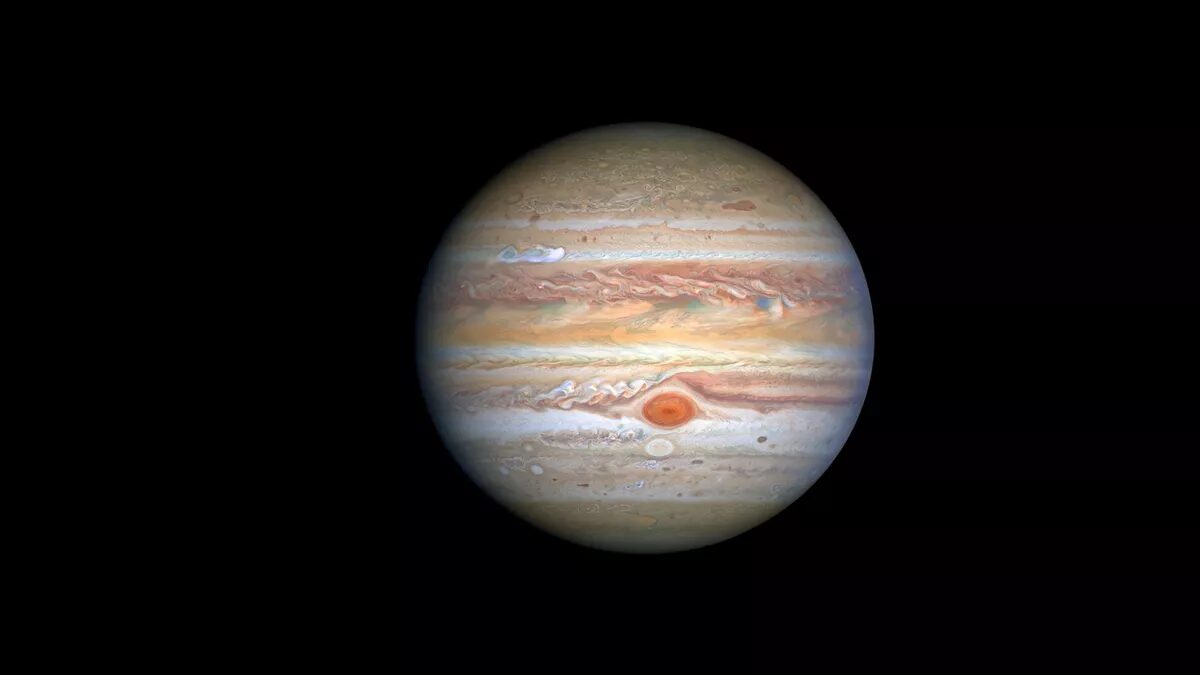This gas giant regularly absorbs hits from comets and asteroids, protecting inner solar system worlds.

© NASA
The impact occurred at 1:45 a.m. Japan Standard Time on Aug. 29 (1645 GMT on Aug. 28). An account affiliated with the Organized Autotelescopes for Serendipitous Event Survey (OASES) project and Planetary Observation Camera for Optical Transient Surveys (PONCOTS) system
posted about the event on X, formerly known as Twitter, alerting of a flash observed in
Jupiter's atmosphere. The post also called on observers to check their own footage.
MASA Planetary Log later shared footage showing a brief burst of light coming from
Jupiter that was associated with an apparent comet or asteroid impact. Another independent
observation was made by a Chinese amateur astronomer in the city of Zhengzhou, Henan province, showing a flash in the same spot on Jupiter's dense, turbulent atmosphere.